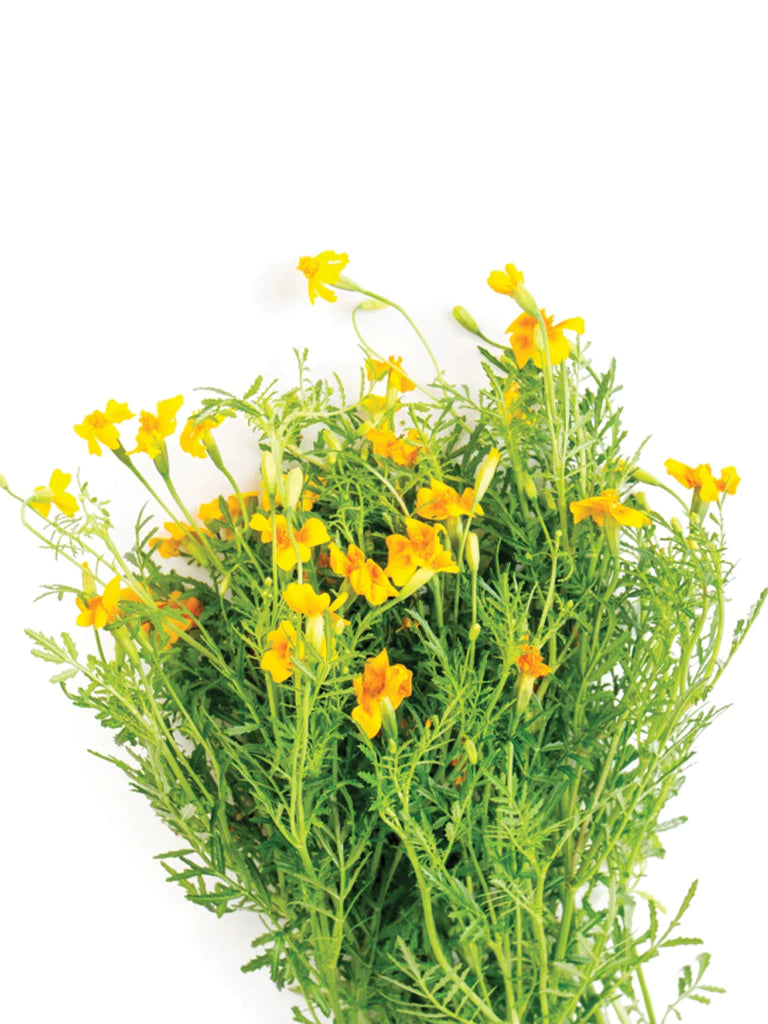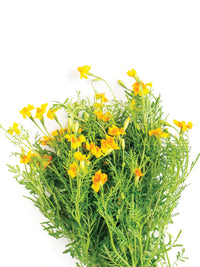Your Cart is Empty
- AARON PROBYN
- ABIGAIL AHERN
- AERY
- AKT
- ALTERLYSET
- AMUSE LA BOUCHE
- ANDHAND
- ANOTHER STUDIO
- ARCHIVIST
- ARK COLOUR DESIGN
- ARTHOUSE UNLIMITED
- ARWYN JONES CERAMICS
- AUSTIN AUSTIN
- BAGGU
- BARTS
- BAZ & CO
- BECKSÖNDERGAARD
- BIRKENSTOCK
- BLASTA HENRIET
- BLOCK DESIGN
- BLACKWING
- BON PARFUMEUR
- THE BRIGHTON BEARD CO
- BRITISH COLOUR STANDARD
- CARRÉMENT BELLE
- C.O. BIGELOW
- THE COMPLETIST
- CRA-YON
- CROCS
- DOIY
- EARL OF EAST
- ESTELLA BARTLETT
- EVERMORE LONDON
- FALCON ENAMELWARE
- HAECKELS
- HARLIE BROWN
- HAY
- HERBOO
- HKLIVING
- HOMEWORK
- HOROSOAPS
- HYDRO HERB
- IZIPIZI
- JELLYCAT
- KALASTYLE
- KINTO
- KITTY MCCALL
- KIT-CAT KLOCK
- KLEEN
- &KLEVERING
- LABORATORY PERFUMES
- LE BON SHOPPE
- LISA ANGEL
- LOCOMOCEAN
- LOTTIE DAY
- MÆGEN
- MADAM STOLTZ
- MAGPIE + PEANUTS
- MALIN+GOETZ
- MIDORI
- MIFFY
- MIMI & LULA
- MR MARIA
- MÜLL
- NIWAKI
- ORTIGIA SICILIA
- ONE HUNDRED STARS
- OPINEL
- PALM OF FERONIA
- PEBBLECHILD
- PELEGRIMS
- PENCO
- PERNILLE CORYDON
- PIECEWORK PUZZLES
- POTR
- QUAIL
- THE SCHOOL OF LIFE
- SHOREDITCH NAILS
- SHYLA
- ST EVAL
- SUN JELLIES
- SALT-WATER
- SUNNYLIFE
- TBCO
- THREE POTATO FOUR
- UNION OF LONDON
- VERDEN
- VERVE CULTURE
- THE VINTAGE LIST
- WILD ROSE
- 4M
- AVERY ROW
- BIRKENSTOCK
- BOB & BLOSSOM
- BOBUX
- CHINO CLUB
- CROCS
- THE DEN KIT COMPANY
- DJECO
- FRODDO
- GEOX
- HUMMEL
- IZIPIZI
- JANOD
- JELLYCAT
- KONGES SLØJD
- LITTLE DUTCH
- LOTTIE DOLLS
- MAILEG
- MIFFY
- MIMI & LULA
- NAILMATIC
- OLI & CAROL
- OLLI ELLA
- OOLY
- ORANGE TREE TOYS
- THE PUPPET COMPANY
- RATATAM!
- REX
- ROCKAHULA
- SOPHIE THE GIRAFFE





